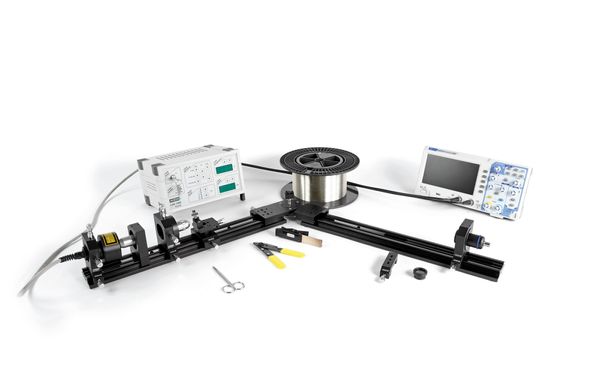setTimeout(function(){
window.print();
},500)

Technical data Fibre opticsArticle no: P2261000  Principle The beam of a laser diode is treated in a way that it can be coupled into a monomode fibre. The problems related to coupling the beam into the fibre are evaluated and verified. In consequence a low frequency signal is transmitted through the fibre. The numerical aperture of the fibre is recorded. The transit time of light through the fibre is measured and the velocity of light within the fibre is determined. Finally the measurement of the relative output power of the diode laser as a function of the supply current leads to the characteristics of the diode laser such as "threshold energy" and "slope efficiency". Benefits
Tasks
Learning objectives
Scope of delivery
| |||||||||
PHYWE Systeme GmbH & Co. KG
Robert-Bosch-Breite 10 – 37079 Göttingen – Germany
www.phywe.com
Robert-Bosch-Breite 10 – 37079 Göttingen – Germany
www.phywe.com

